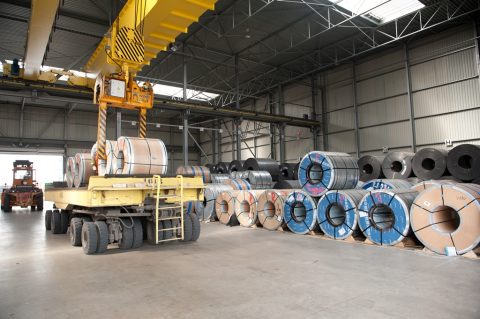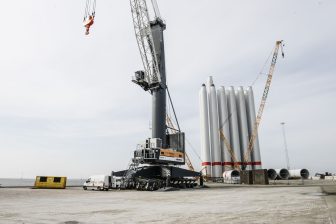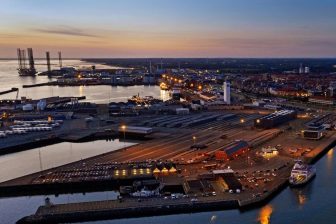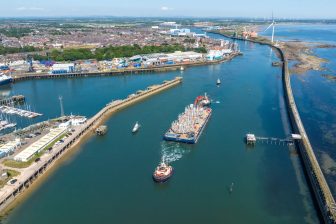
Antwerp sees sharp rise in breakbulk volume
The breakbulk segment in Antwerp had its best three months since the second quarter of 2019. Antwerp’s breakbulk volume has taken heavy hits in the past two years but in the past quarter, it was the fastest-growing cargo segment.
The throughput of iron and steel, the most important goods group in this segment, increased by 18.2% due to a peak in the supply of steel, which can be explained amongst others by the new import quotas that took effect on 1 April, the port authority states. Other breakbulk cargoes have also performed well. The combined conventional breakbulk volume increased by 23.1% to 1.98 million tonnes. The throughput of ro/ro cargo increased by 3.3% compared to Q1 2020 to 1.24 million tonnes.
The total throughput of Port of Antwerp remained stable at 59.1 million tonnes compared with the same period last year. Despite the impact of the ongoing coronavirus crisis and Brexit, all cargo segments except for liquid bulk recorded growth. For the coming period, it remains to be seen what the impact will be of the incident in the Suez Canal. Port of Antwerp anticipates busy terminals where possible.
Containers
Container throughput grew by 0.6% in tonnes and 2.3% in TEU compared to the first quarter of 2020, which started strongly and then saw a downturn due to the initial effects of the pandemic in March 2020. January 2021 saw a continuation of the strong performance seen in autumn 2020, although a number of operational challenges hampered the operation of the container terminals. For example, there were long delays in arrivals of container ships as a result of the coronavirus crisis. The severe cold snap in February had an additional negative impact on container handling and the effects of this continued into March.
Suez Canal incident
As a result of the incident in the Suez Canal, Port of Antwerp expects higher levels of traffic in the terminals in the coming weeks. Port of Antwerp is constantly communicating with the shipping companies and the container terminals to see where space can be created for containers. Some terminals have already decided not to allow the arrival of containers for export at the terminal until a few days before they can be loaded. The port is also looking at how it can optimize storage capacity inland and make greater use of inland navigation and rail.
You just read one of our premium articles free of charge
Register now to keep reading premium articles.




